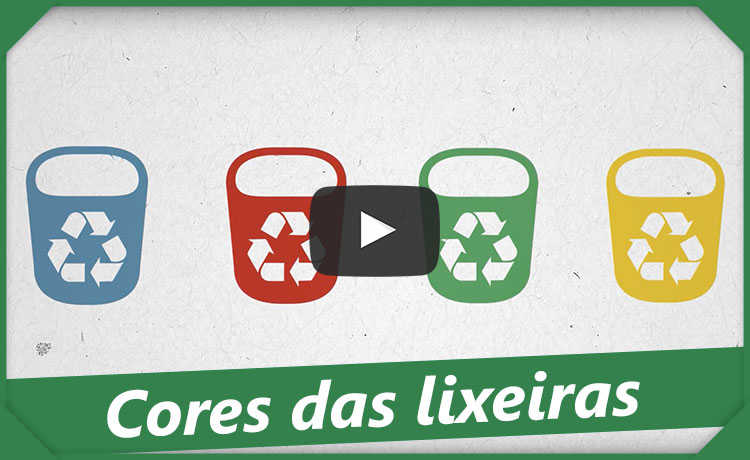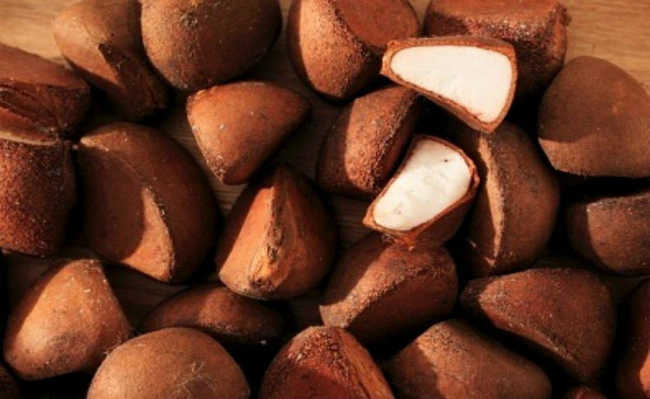Cerrado: what it is and its characteristics
The Cerrado is the largest tropical savannah region in South America

Image of Rosario Xavier in Pixabay
The Cerrado is the second largest Brazilian vegetal formation in extension. Characterized as savanna vegetation in the international classification, this biome extends over about two million square kilometers, representing 22% of the Brazilian territory. As it is in a transition area with other biomes, the Cerrado has varied phytophysiognomies. To the north, it borders the Amazon biome; to the east and northeast, with the Caatinga; to the southwest with the Pantanal; and to the southeast with the Atlantic Forest.
Location of the Cerrado
In Brazil, the continuous area of the Cerrado covers the states of Goiás, Tocantins, Mato Grosso, Mato Grosso do Sul, Minas Gerais, Bahia, Maranhão, Piauí, Rondônia, Paraná, São Paulo and the Federal District, in addition to enclaves in Amapá, Roraima and Amazonas. In this territorial space are the springs of the three largest hydrographic basins in South America (Amazon/Tocantins, São Francisco and Prata), which results in a high aquifer potential and favors Cerrado biodiversity.
In addition to being present in our country, the Cerrado biome also includes part of northeastern Paraguay and eastern Bolivia. The Cerrado is also located in a region where there are large aquifers, such as the Guarani and Bambuí. Therefore, this biome is considered the cradle of water.
The Cerrado forest formations are the result of a mixture of temporal and spatial factors. In the temporal scale, major climatic and geomorphological changes would have caused expansions and retractions of the humid and dry forests of South America, giving rise to it. At the spatial scale, these formations would be influenced by local variations in hydrography, topography, water table depth and soil fertility and depth.
Cerrado soils
The Cerrado soils are old, deep and drained, with a predominance of oxisols, podzolics and quartz sands. The organic matter content in most of these soils is small, ranging from 3 to 5%. In addition, Cerrado soils are acidic, not very fertile and have high levels of iron, manganese and aluminum.
According to scholars, the low fertility of Cerrado soils is aggravated by the transport of calcium to deep regions, increasing the deficiency of this nutrient on the surface. This lack of calcium is responsible for limiting plant growth in the region.
Cerrado climate
The Cerrado climate can be considered seasonal. This means that it has two well-defined seasons, dry winters and rainy summers. This biome has an average annual rainfall of 1500 mm, ranging from 750 to 2000 mm. The average temperatures of the Cerrado, in turn, range from 20 to 26 °C. Furthermore, the relative humidity is very low in winter and very high in summer.
Plant physiognomies and biological diversity of the Cerrado
The Cerrado has a great biological variety. It features about 837 species of birds, 185 species of reptiles, 194 species of mammals and 150 amphibians. The main representatives of the Cerrado fauna are toucan, giant anteater, maned wolf, puma and pampas deer. Despite the wide variety, the Cerrado fauna is not fully known, especially in relation to the invertebrate group.
Regarding flora, scholars estimate that there are about ten thousand species of plants that have already been identified. Many species are used for medicinal purposes and for food. The main representatives of the Cerrado flora are ipê, cagaita, angico, Jatobá, pequi and barbatimão.
The Cerrado has vegetation distributed in savanna, forest and countryside formations. The species range from arboreal, herbaceous, shrub and vine plants. In addition to the crooked trunk trees, there are also cacti and orchids in this Brazilian biome. The vegetation presents shades of green, yellow and brownish tones, which are the result of discoloration caused by the incidence of sunlight in the region.
Preservation of the Cerrado
Despite the biological richness of the Cerrado, several species of plants and animals are at risk of extinction. It is estimated that 20% of native and endemic species no longer occur in protected areas and that at least 137 species of animals typical of the Cerrado are threatened with extinction. After the Atlantic Forest, the Cerrado is the Brazilian biome that has undergone the most changes due to human occupation, according to the Ministry of the Environment.
The opening of new areas to increase the production of meat and grains has caused a progressive depletion of the region's natural resources. In the last three decades, the Cerrado has been degraded by the expansion of the Brazilian agricultural frontier. In addition, the Cerrado biome is undergoing intense exploitation of its woody material for charcoal production.
It is noteworthy that the Cerrado is the biome that has the lowest percentage of areas under strict protection. The biome has only 8.21% of its territory legally protected by conservation units; Of this total, 2.85% are full protection conservation units and 5.36% are sustainable use conservation units, including a Private Natural Heritage Reserve (0.07%). Therefore, it is necessary to implement public policies that seek to preserve the region's great biodiversity.










